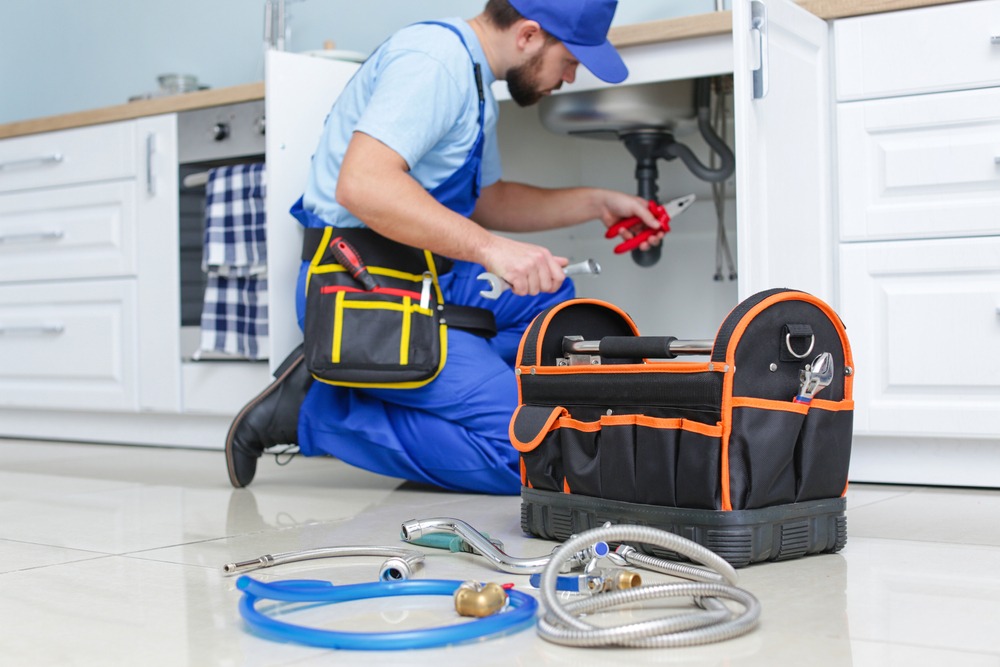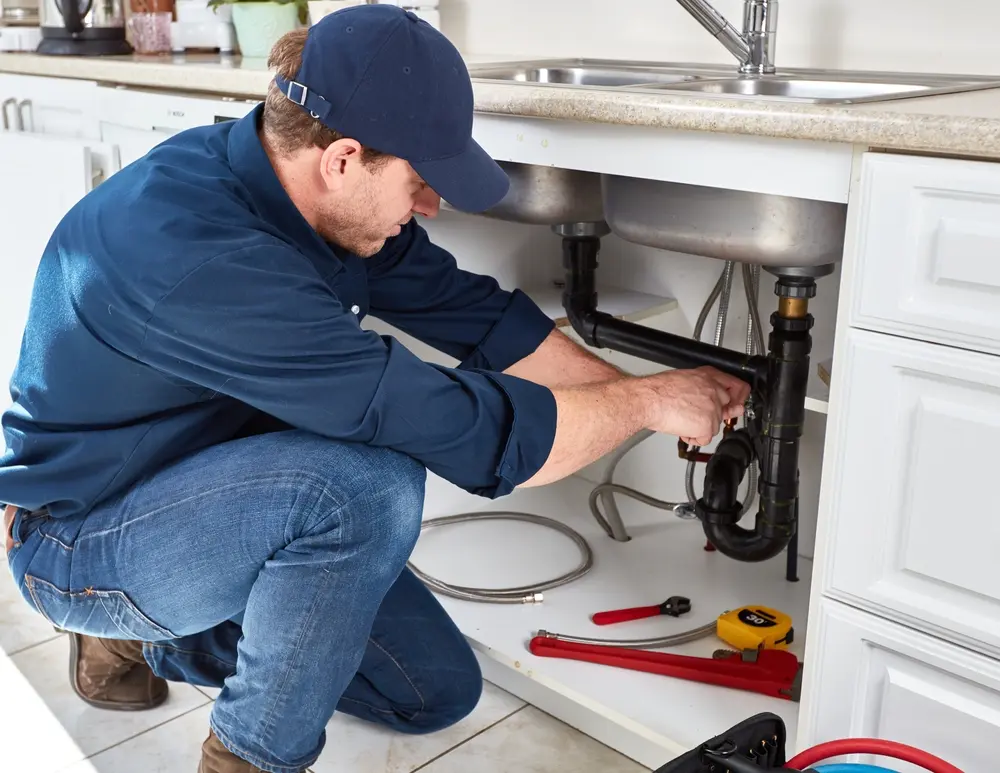Complete Plumbing Alabaster AL Solutions for Your Home
Complete Plumbing Alabaster AL Solutions for Your Home
Blog Article
A Step-by-Step Guide to Efficient Water Heater Installation for Ideal Efficiency
Starting the job of setting up a water heating system is a venture that demands precision and a systematic technique for attaining optimal efficiency. The process starts with the essential choice of selecting the appropriate heater tailored to the particular requirements of your house, considering elements such as type, dimension, and power resource. Once chosen, preparing the setup area to fulfill safety and security criteria is extremely important. However, the trip doesn't finish right here. As you proceed, the intricacies of connecting water lines and establishing up trustworthy electrical or gas connections wait for, appealing insights right into making certain effectiveness and integrity.
Choosing the Right Water Heater

Following, consider the size and capability of the water heating system. It's crucial to examine your home's warm water requirements, which can vary based upon the variety of residents and their usage patterns. A device that's also tiny may bring about inadequate warm water, while an extra-large model might lead to unnecessary energy intake.
Efficiency scores likewise play a crucial duty in option. Try to find water heating units with high Energy Factor (EF) scores, suggesting superior performance and reduced energy use. Tankless versions, though normally extra pricey ahead of time, offer considerable energy savings over time as a result of their on-demand heating capacities.
Preparing the Setup Area
Before mounting a brand-new water heating unit, meticulous preparation of the setup area is necessary. It's important to determine the area meticulously to fit the water heating system's dimensions, making certain sufficient clearance around the device for efficient operation and servicing.
Inspect the flooring for stability, as the water heating system will need a solid, level surface area to run successfully. If required, mount a drip pan underneath the device to catch prospective leakages or spills, stopping water damage to the surrounding area.
In addition, make certain that all necessary devices and materials get on hand prior to beginning the installment. This consists of things such as wrenches, screwdrivers, a level, and any type of extra hardware needed for mounting and securing the heating unit. A well-prepared installation location sets the foundation for an effective hot water heater setup, maximizing performance and safety and security.
Connecting Supply Of Water Lines
When attaching water system lines to your recently mounted water heating system, it is crucial to make sure that all connections are leak-free and secure to keep reliable operation pop over to this web-site and protect against water damage. Begin by identifying the hot and cold water supply lines. The chilly water inlet is generally marked with a blue label or a "C", while the warm water outlet is noted with a red tag or an "H".
Use adaptable water heating system connectors to facilitate a simpler installment procedure. Prior to attaching the ports, put a plumber's tape around the threaded ends of the water heating unit's inlet and outlet pipelines.
Once connections are in location, slowly transform on the major water supply valve. Evaluate each link for leakages by visually inspecting and feeling for dampness. Tighten connections as needed, and guarantee the pressure relief shutoff is correctly installed, protecting versus excessive stress accumulation.
Establishing Electric or Gas Connections
Appropriately establishing up the electrical or gas connections for your water heating unit is an important action to ensure efficient and secure procedure. For electrical water heating systems, begin by confirming that the electrical circuit is compatible with the heater's voltage and amperage demands.
For gas water heating systems, security is critical. Connect the gas line to the water heater making use of a versatile gas connector, guaranteeing it is try here effectively threaded and sealed with pipeline joint substance or Teflon tape appropriate for gas connections.
As soon as links are made, check for any prospective leaks. For gas lines, apply a soapy water option to the joints; bubbles show a leakage. For electric connections, ascertain that all wiring is protected and effectively shielded, maintaining conformity with local electrical codes.
Checking and Changing for Effectiveness
With the electric and gas connections safely in place, the following action is examining the operational efficiency of your hot water heater. Begin by thoroughly switching on the supply of water and making certain there are no leaks at any one of the joints or shutoffs. As soon as validated, continue to load the container, focusing on the pressure and temperature level setups. It is suggested to set the thermostat to a recommended temperature level of around 120 ° F(49 ° C) to stabilize power efficiency and convenience.
Next, perform a detailed inspection to guarantee the burner or gas heaters are functioning appropriately. For electrical heating units, utilize a multimeter to verify if the components are drawing the suitable existing. In gas designs, observe the heater fire; it needs to be blue and steady, indicating efficient burning.
Readjust the setups as necessary to eliminate inadequacies. Think about implementing insulation measures, such as including a water heater blanket, to even more boost performance by lessening heat loss. Furthermore, Go Here inspect the anode rod's problem, as a shabby rod can minimize performance and result in storage tank rust.
Conclusion
Efficient hot water heater installation is important for making sure optimum performance and energy savings. By choosing the suitable type and dimension, and carefully preparing the installation area, a foundation for success is developed. Firmly connecting water lines and carefully establishing electrical or gas links minimize prospective concerns. Comprehensive screening for leakages and specific thermostat modifications to 120 ° F improve integrity and efficiency. Sticking to these steps advertises lasting performance and energy preservation in property water heater.

Properly establishing up the electric or gas connections for your water heating unit is a vital step to ensure secure and reliable procedure. For electrical water heaters, begin by validating that the electrical circuit is suitable with the heater's voltage and amperage needs. Link the gas line to the water heating unit using a versatile gas connector, ensuring it is appropriately threaded and secured with pipeline joint substance or Teflon tape ideal for gas connections.
Report this page